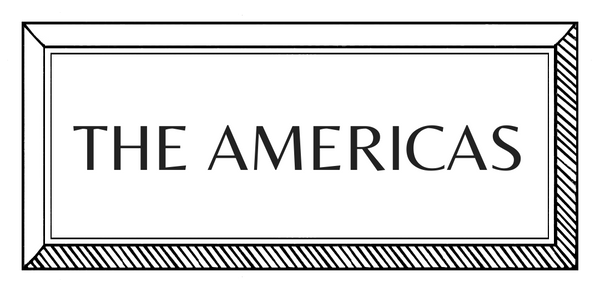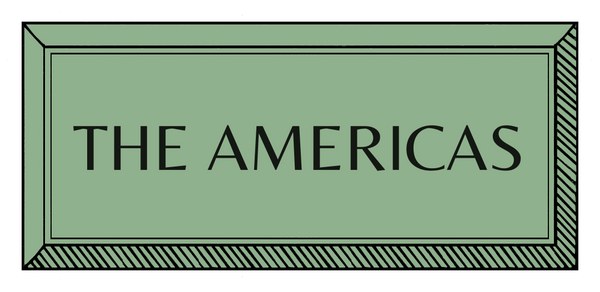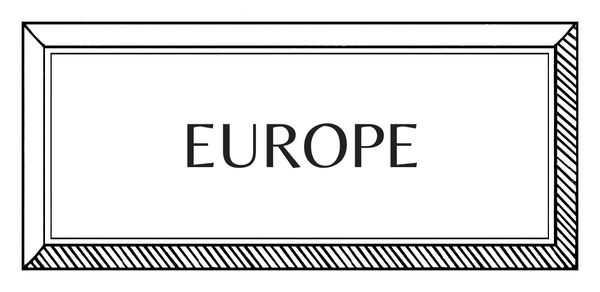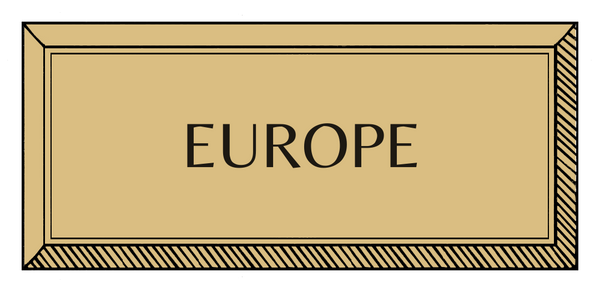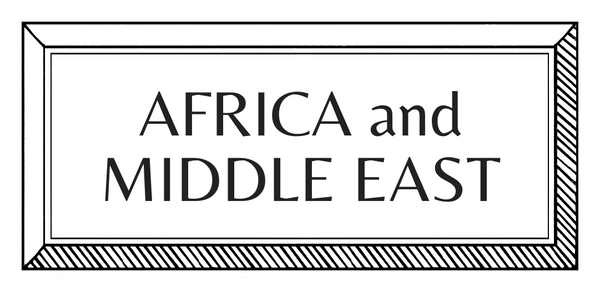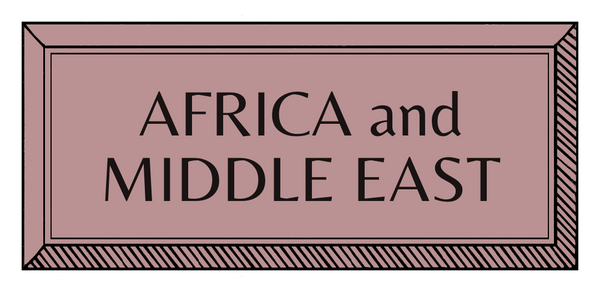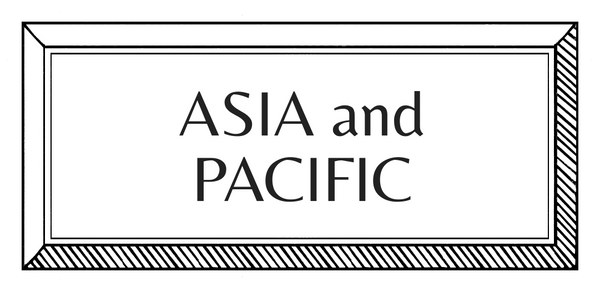MAKERS | EUROPE | UK | MULTI-MEDIA
Emma Witter | Bone Sculptor

Emma, photographed at home.
British artist Emma Witter transforms discarded shells, bones and found objects into covetable sculptures and functional works of art. She talks to Camilla Frances about finding inspiration in unusual places, making art from bone matter and what it's really like to be an independent craftsperson today.
How did you begin?
"I graduated from Central Saint Martins in 2012 having studied Performance Design. I loved the smoke and mirrors of it and storytelling through objects. The course was extremely broad and theoretical, and my interests bounced around a lot, so I didn’t really learn a particular formal skill. This set me free creatively though, as I was drawn towards experimenting with non-traditional materials that didn’t have assigned rules to their use - so I felt I could just get on with it my own way.
"I co-devised an immersive performance piece for my final project called ‘Feast’, which was staged at a long table and based around food. It was sexy, grotesque and ridiculous. For some of the scenes I created these strange food sculptures as imaginary meals. It was then I had this aha! moment and that that’s what I wanted to do: sculpting colourful mashed potato mountains and applying jewellery to pigs’ heads was going to be my career path."

Top: Sculpture with bone and copper wire; Emma Witter 2019. Bottom: Elizabethan-inspired chandelier with foraged oyster shells; Emma Witter for The New Craftsmen.
How do you plan, prepare and create?
"Recently, I created a set of Elizabethan-inspired chandeliers crafted from found materials and bound using precious metal. I wrapped my framework in copper wire and formed clusters of oyster shell flowers, whilst varnishing the delicate interiors to exaggerate the contrast of texture. I fired more oyster shells in a kiln and reduced them to a fine powder. This powder I mixed with crystal resin and cast into enlarged pearlescent spheres. These works are moody, tactile and generous in their material, all things a Tudor grand feast should be."
What does a typical day look like?
"I wish I had a nice steady routine. Every week tends to look different as I also juggle working as a set designer/prop stylist in fashion. Projects come like buses, so I lurch between all systems go, and then little recovery periods. My ideal working day when I’m making my art is; laptop work in bed with coffee in the morning for a couple of hours as soon as I wake up before any distractions can drag me off course. I’ll then take a break before returning to ease myself into some hours of solid studio work. Then 4pm is witching hour where my brain rebels, so I’ll go out for a few hours, socialise, go the park, visit a gallery or whatever. I can then settle into more making later in the evening. Working from home, or at least having parts of projects set up on a table to work from home, really helps."

'Skulls, Flowers', sculpture with bone and copper wire; Emma Witter 2019.
What are the best and worst things about being a craftsperson?
"There are so many unseen hours of work that we all do to support ourselves and provide the environment, the time, and the materials to just be able to sit down and work. The hours you see in the exhibited objects are just the tip of the iceberg in terms of time and effort. Any artist or craftsperson supporting themselves in a capital city is an incredibly hard worker. It takes an equal measure of inventiveness and discipline. And so the precious moments where you are just in the studio, making – are a joy. Pure joy. It is a visceral pleasure to work with your eyes and your hands… to block out the rest of the world and feel completely present in your little bubble. When a work is very resolved, the sense of completion over something that you’ve physically crafted is extremely cathartic. I think many artists would describe the experience of making work as being holy to them."
One more thing... An artist you’d collect if you could?
"There are three artists whose work I love and would hoard by the dozen if I could. Their practices are entirely different, but all of the work gives me the same feelings of longing, wonder, loss and slippery, dream-like memories: Tuesday Riddell, who renders ethereal scenes of forest floors using the ancient crafts of japanning and gilding; Romilly Saumarez-Smith, who creates staggering beautiful jewellery and objects using antique finds and lost artefacts; and lastly, Jonah Pontzer, a painter, whose recent works on paper - crafted in ink, pro-marker, watercolor and oil - show intimate, fleeting symbols and refractions of reality."

Interview by Camilla Frances
Images from Emma Witter and The New Craftsmen






